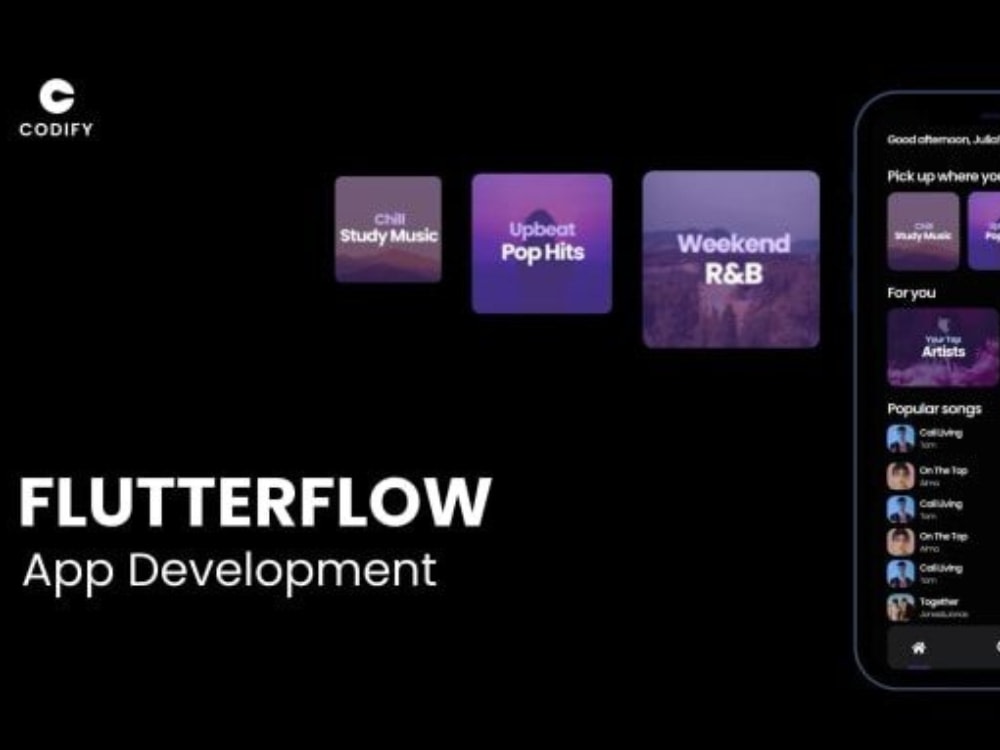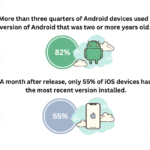How to Develop a Mobile App: A Step-by-Step Guide for Beginners is your ultimate starting point for diving into the world of mobile app development. In today’s digital age, where smartphones have become extensions of our lives, understanding the intricacies of app development is not just beneficial; it’s essential. This guide will walk you through the fundamental concepts and practical steps needed to transform your app idea into a reality, empowering you to join the ranks of innovative developers.
As you explore this guide, you will discover the importance of planning your app, choosing the right platforms, and mastering the necessary tools and languages. Whether you’re looking to create a simple utility app or a complex game, each step is designed to provide you with the knowledge and confidence to succeed in this vibrant industry.
In today’s fast-paced world, the art of effective communication has never been more crucial. Whether in our personal lives or professional settings, being able to convey our thoughts clearly and persuasively can significantly impact our relationships and career trajectories. This article delves into the key elements of effective communication, offering tips and insights that anyone can apply to enhance their own skills.One of the foundational aspects of effective communication is active listening.
It’s not enough to simply hear what others are saying; we need to actively engage with their words. This means paying close attention to the speaker, showing genuine interest, and providing feedback. Active listening involves nodding, making eye contact, and occasionally summarizing what has been said to confirm understanding. By doing so, we not only show respect but also foster an environment conducive to open dialogue.Another critical element is clarity.
When we communicate, our primary goal should be to ensure that our message is understood. This requires us to be mindful of our language and the complexity of our ideas. It’s important to avoid jargon and overly complex terms unless necessary and appropriate for the audience. Instead, strive for simplicity and conciseness. This doesn’t mean dumbing down our message; rather, it means presenting our ideas in a way that is accessible to our listeners.Furthermore, non-verbal communication plays a significant role in how our messages are perceived.
Body language, facial expressions, and even tone of voice can convey just as much—if not more—than the words we use. For example, a warm smile can create a welcoming atmosphere, while crossed arms might signal defensiveness or disinterest. Being aware of our own non-verbal cues and interpreting those of others can greatly enhance our communication effectiveness.Another crucial aspect to consider is empathy.
Understanding the feelings and perspectives of others can dramatically improve how we connect with them. When we approach conversations with empathy, we create a safe space for others to share their thoughts and feelings. This not only strengthens relationships but also encourages more honest and open communication. Practicing empathy involves putting ourselves in others’ shoes, acknowledging their emotions, and responding with compassion.Moreover, providing constructive feedback is essential in both personal and professional contexts.
The ability to give feedback that is specific, actionable, and supportive can help others improve and grow. It’s important to focus on behaviors rather than personal attributes and to offer suggestions for improvement rather than just criticism. This approach fosters a culture of growth and encourages individuals to embrace feedback as a valuable tool in their development.In professional environments, effective communication is often tied to teamwork.
Collaborating with colleagues requires open lines of communication to ensure that everyone is on the same page. Regular check-ins, updates, and feedback sessions can facilitate this process. Utilizing tools like project management software and communication platforms can also help streamline cooperative efforts, allowing teams to work more efficiently and effectively.Additionally, being mindful of cultural differences is vital in today’s globalized world.
With diverse teams and audiences, understanding various communication styles and cultural nuances is essential to avoid misunderstandings. What may be considered polite and respectful in one culture might be perceived differently in another. Taking the time to learn about these differences and adapting our communication accordingly can lead to better interactions and relationships.Furthermore, asking questions is a powerful tool in communication.
It not only shows that we are engaged but also encourages deeper conversations. By asking open-ended questions, we invite others to share their thoughts and experiences, which can lead to richer discussions. This practice is particularly beneficial in professional settings, where collaboration and innovation often stem from collective brainstorming.Lastly, practice makes perfect. Just like any other skill, communication improves with practice.
Engaging in conversations, presenting ideas, and participating in discussions can help us refine our skills over time. Seeking out opportunities for public speaking, joining clubs, or participating in workshops can provide valuable experiences that bolster our confidence and ability to communicate effectively.In conclusion, effective communication is an invaluable skill that can enhance various aspects of our lives. By honing our active listening abilities, striving for clarity, being aware of non-verbal cues, practicing empathy, providing constructive feedback, fostering teamwork, respecting cultural differences, asking insightful questions, and committing to practice, we can all become more effective communicators.
The rewards of mastering this art are numerous, leading to stronger relationships, successful collaborations, and an overall improved quality of life. So, let’s embark on this journey together and embrace the power of effective communication!




